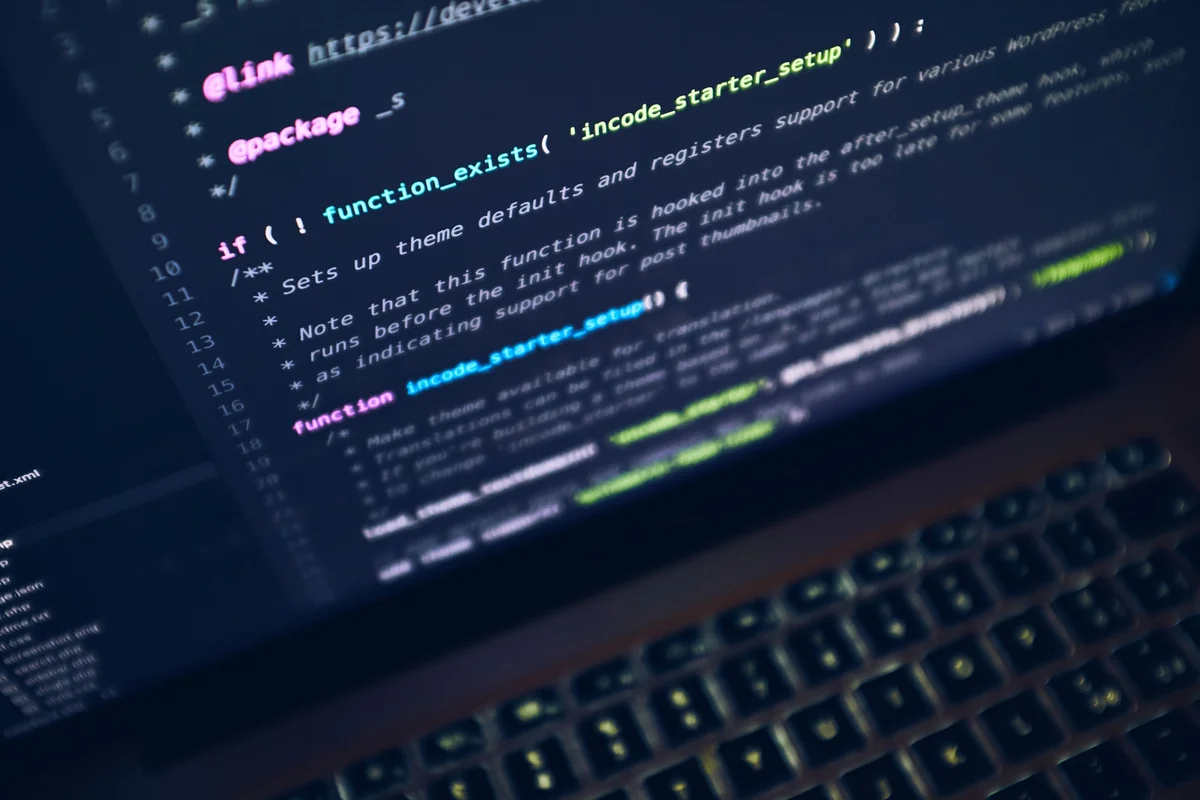5 Ways to Improve Your ML Model Management
Managing a machine learning model is an integral part of working on an ML project. Machine learning model management is a difficult challenge. All data scientists have to deal with losing track of their experiments. These difficulties are likely to be annoying, unobtrusive, and sometimes confusing. For this reason, it’s good to streamline the ML model management process.
This article discusses five ways to improve your ML model management.
What Is Machine Learning Model Management?
Machine learning model management is part of machine learning operations (MLOps). A machine learning model must be consistent and meet all large business needs. To achieve this, a logical and easy-to-understand model management policy is essential.
ML model management involves developing, training, versioning, and deploying ML models. It includes technologies and mechanisms that are needed for machine learning model development. ML model management also involves the transformation, evolution, and monitoring of ML models. It is intended to support real-time applications of ML models.
5 Ways to Improve Your ML Model Management
Machine learning model management can be improved by following some recommended guides. The guides help increase the efficiency of your ML model and improve ML model management. Five ways ML model management can be improved are discussed below.
Experiment Tracking and Model Versioning
The model training process involves determining the configurations of training data and other metrics. The configuration involves many experiments, analysis of results, and trials of new ideas. Experiment tracking involves storing all the experiment-related information in each experiment you run. Experiment tracking improves ML model management by providing model performance and data usage. The experiment tracking database keeps track of the ML model activities to find out. It uses an iterative model development which improves model performance and model management.
ML development process involves searching for the best-performing models. It also involves modifying hyperparameters, code, and data. Keeping a history of these changes is important for ML model management. This saves time spent retraining the model for experimentation. Model versioning improves ML model management by tracking all the changes made. Model versioning also ensures that they are stored in a special kind of database. This database allows you to identify differences and avoid conflicts.
Measuring Inference Time
Machine learning (ML) inference is the process of feeding data to an ML model to compute an output. Inference time is the amount of time it takes an ML model to predict data. To make a prediction, the data engineer needs to first split the data into a test and a training dataset. Then train the ML model on the training dataset. Hyperparameters like learning rate, and training iterations also need to be chosen. Evaluations and predictions can then be performed on the test data. Finally, the ML model can then be used for real-time predictions.
Measuring the inference time improves ML model management. This is done by tracking how accurate the ML model is for prediction. It also manages the ML model by ensuring that the model is retrained.
Implementing Efficient Logging Mechanism
Logging is the process of tracking and recording important events. These events occur in your application. Log events can be used in the review processes, troubleshoot problems, and so on. When new or unknown software issues occur, developers start analyzing and combining logs. This can be a slow and painful process. A log is the only source of information for debugging unexpected errors. It occurs In a production environment. Without a log, you cannot debug the problem without the appropriate log files.
So it’s no wonder that log analysis is very important for machine learning models. Logging improves ML model management providing insights into how the ML model behaves. It helps in troubleshooting unexpected problems by tracking events.
Team Collaboration and Machine Learning Resource Monitoring
Team collaboration involves working together on a project. It includes brainstorming, creative thinking, providing unique skills, and getting the big picture. It also ensures working towards a common goal. Team members share their workload while discussing ideas, new ways, or different perspectives. Team leaders should also be chosen to set an example. Team leaders also promote open communication and facilitate meetings and missions.
Collaborating on ML tasks is challenging. It calls for focus, interest in detail, and robust analytical skills. Collaboration helps increase ML model productivity by helping to solve an existing problem. Collaboration helps to get work done on time. Collaboration improves ML model management by ensuring ML experiment and ML project tracking. It also enforces collaboration in real-time. Some tools that ease team collaboration are Github, Jira, a project management tool.
Other tools are Slack, Google meets for real-time meetings. Another tool for collaboration in real-time is Google Docs. ML resource monitoring is a set of techniques used to better measure ML models. Focus areas are model drift, model performance, model outliers, and data quality. It helps improve ML model management by setting alerts for model performance metrics. Such metrics like accuracy, training, and testing loss. It also helps to spot abnormal behavior by monitoring validation and production.
Use of ML Model Management Tools
There are many ML tools for model management. Such tools can help improve ML model management. Some criteria to evaluate them are discussed below.
- ML model management tools should provide data storage, notebooks for building ML models. It should also have environment versioning, and experiment tracking capabilities.
- It should contain official documentation. This documentation contains simple tutorials containing Installation guides and other important tutorials.
- It should have resource monitoring and logging capabilities
- It should have a friendly and customizable user interface. This essential tool feature helps ease navigation.
- It should have many tool integrations such as different frameworks, environments, libraries. It should integrate with Google Collab, Tensorboard, Scikilearn, Keras. Etc.
- Stable and active community and regular updates
Conclusion
ML model management allows you to track your model from development to production. It also helps improve the model accuracy and real-time predictions. Five ways to improve machine learning model management were discussed in this article. The five ways are experiment tracking and model versioning. Measuring inference time, Implementing efficient logging mechanisms. Team collaboration and resource monitoring, and finally using appropriate ML model management tools.




